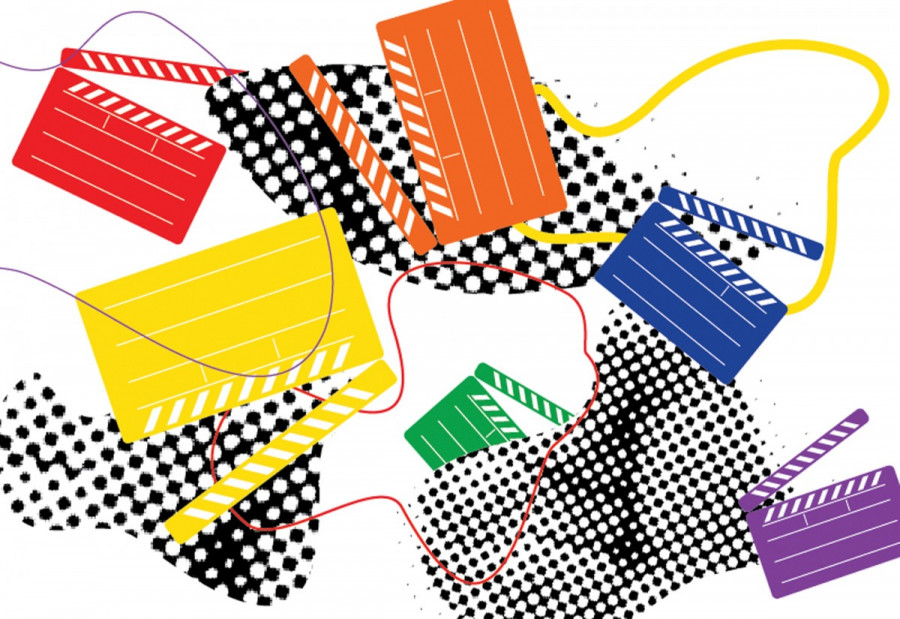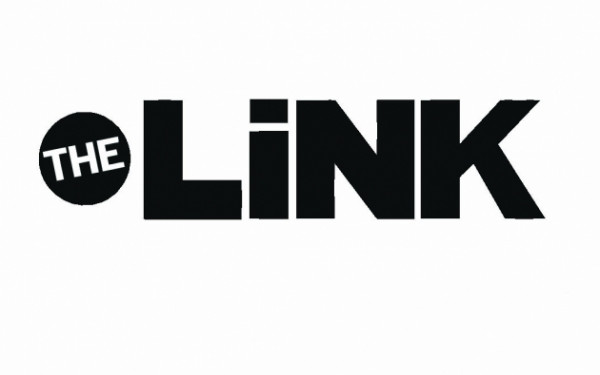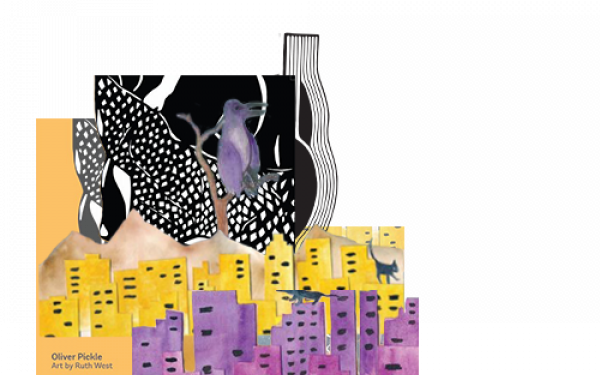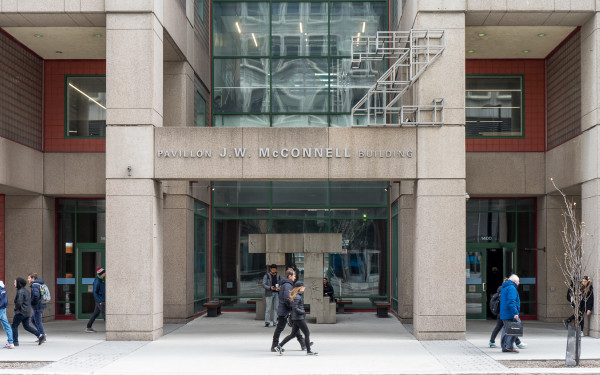Why Queer and Trans Characters Must Be Properly Represented
I remember bringing up About Ray and The Danish Girl at the dinner table with my mom and her boyfriend. I was thrilled when I noticed the increase in queer-themed and trans-themed films.
“It’s great, more attention is being brought to trans and queer people,” I said, feeling inspired. As much as older generations have now accepted queer people, I have found that they still usually draw the line at transgenderism.
“I just don’t understand why they can’t just be gay or lesbians,” said my mom.
I had watched these movies and TV shows with a proud smile on my face. I chanted about progress and trumpeted on the film and TV industry’s behalf. But this week, I took back my proud cheers of advancement.
I thought we were further than we actually were—I believed the seemingly impenetrable walls of gender roles had been broken down, at least by this industry, but I soon realized this wasn’t the case.
With Montreal hosting the first ever Canada Pride festivities in August 2017—the same year as the city’s 375th anniversary—this is the time to talk about the barriers that need to be beat down at the upcoming parade.
We need to put gender on the agenda in our daily lives. One of the ways to do so is through the film industry, which has such a compelling influence on its global audience that we rely on filmmakers and actors to help with this fight.
At the August Pride festivities, and in our day-to-day lives, talking loudly and proudly about the disconnect between the screen and reality may encourage the film and TV industry to change its representation and help move society forward.
According to GLAAD’s 2013 “Studio Responsbility Index” report, out of 102 movies from major studios, there were only 17 portrayals of LGBT characters, the majority of which could be considered offensive and defamatory.
As much as there is some representation of queer and trans people in movies and TV shows, the industry still needs improvement. Looking at the queer and trans-themed films that screened at the Toronto International Film Festival this past September, About Ray, Freeheld and The Danish Girl, the plots usually tell the story of the straight, cisgender characters’ struggle to deal with the sexuality of the queer or trans characters.
I am not denying that these movies still help bring to light the difficulty of queer and trans people’s fight for equality—they do. It is simply that they are not tearing down the walls enough. They still only bring up queer and trans characters to focus on their sexuality and the battle that comes along with it.
After all, About Ray was focused more on Naomi Watt’s role as the mother of her trans son Ray. In The Danish Girl, Lili Elbe’s wife, Gerda Weiner, has more screen time and attention, over Elbe, who is transitioning. The movie also started and ended with the wife’s perspective. Freeheld ended with the male character played by Michael Shannon, who had most of the spotlight throughout the film.
Gender roles are being broken down. And yes, it is progressive that we have movies that empower the queer and trans community, but they still represent queer and trans people as something different, something that creates struggle and destruction in the lives of people they surround—like Gerda Weiner, who mourns her husband.
“Casting a cis man as a trans woman is akin to casting a white person in a role written for a person of color or a nondisabled person in a disabled role—both of which happen routinely in Hollywood.” — s.e. smith
Screen time aside, the most crucial failing of The Danish Girl is that the so-called main character is actually portrayed by a cis man.
“Casting a cis man as a trans woman is akin to casting a white person in a role written for a person of color or a nondisabled person in a disabled role—both of which happen routinely in Hollywood,” writes journalist s.e. smith about the film’s Oscar loss.
It’s not only movies. TV shows also represent these characters—and they do it better. Series, such as Transparent, American Horror Story, Orange Is the New Black, Modern Family, The Last Tango in Halifax and many more—are more inclusive of queer and trans characters and succeed in not portraying them through their sexuality.
Kyle Buchanan, senior editor at New York Magazine and Vulture magazine, spoke out in his article “Enough with the Queer and Trans Films That Are Actually About Straight People” about these allegedly queer and trans films that ended up talking about straight people.
Buchanan recognizes that just because a character is queer or trans does not mean they necessarily need to be the lead role.
“I’d like to see more movies where that is the case, but I’d also like to see more movies with gay or trans characters, period,” Buchanan wrote. He also said it would be a breakthrough when their sexuality isn’t the main focus in the plot.
Even if these movies focus on straight, cisgender people, their goal is to dismantle gender stereotypes that constrain queer and trans people, and they can help society move forward.
By representing queer and trans characters not in regards to their sexuality, or how life changes around them, but rather as characters with depth and a variety of experiences, the film industry has the power to challenge society’s views.


_600_832_s.png)




